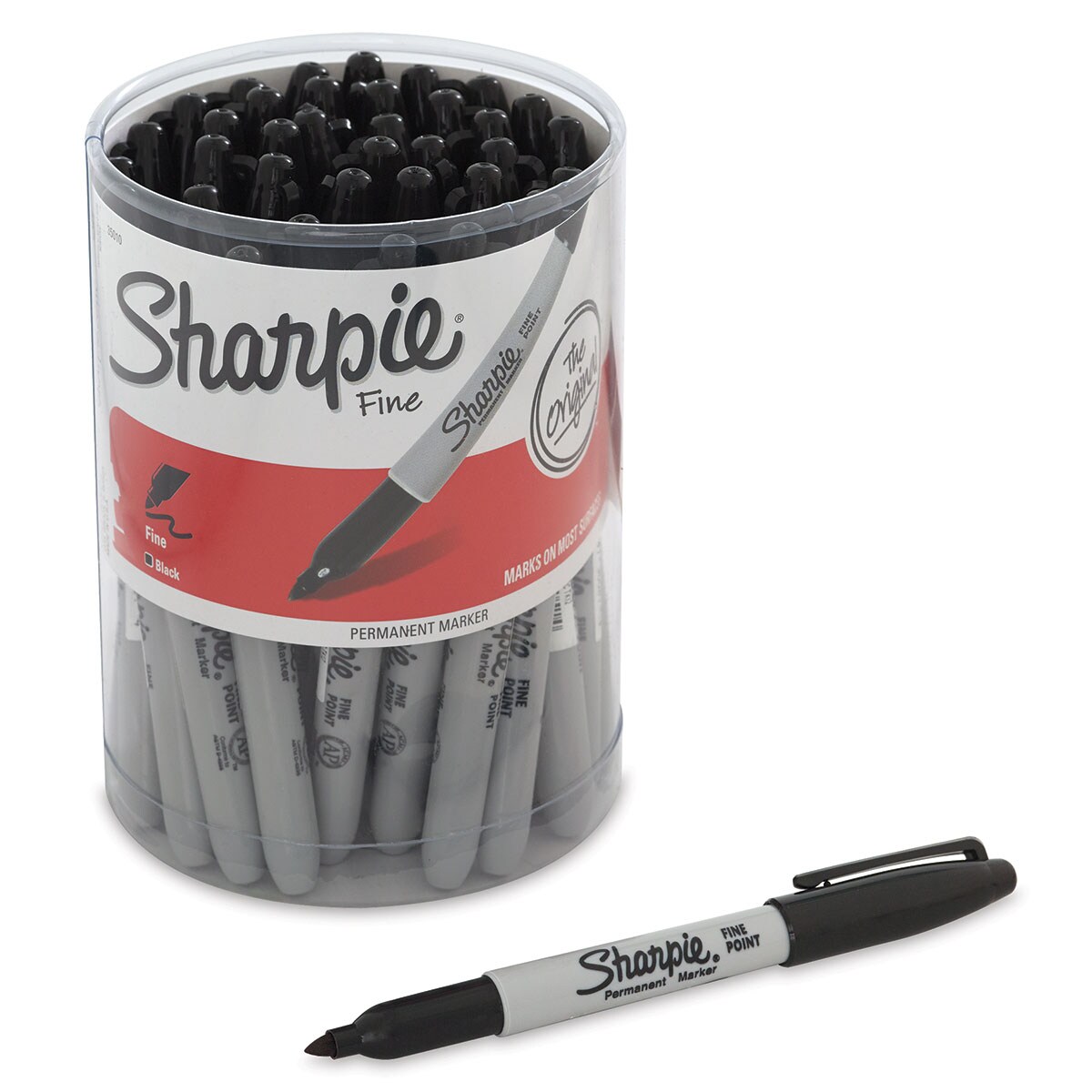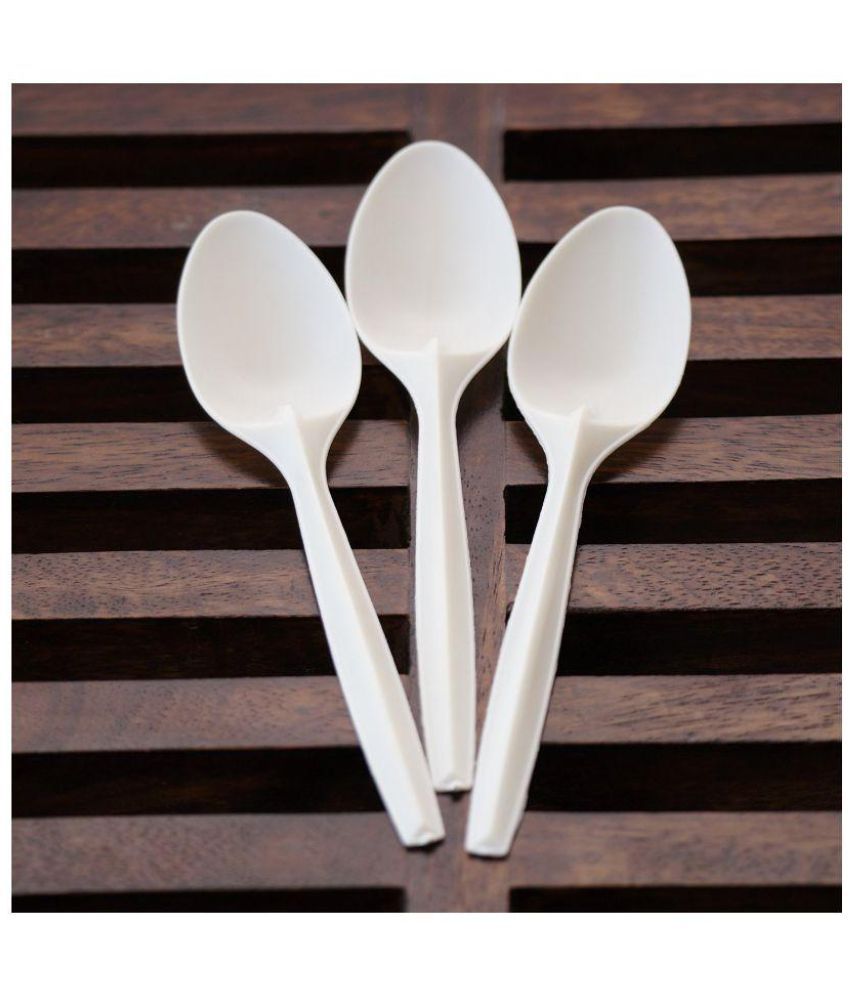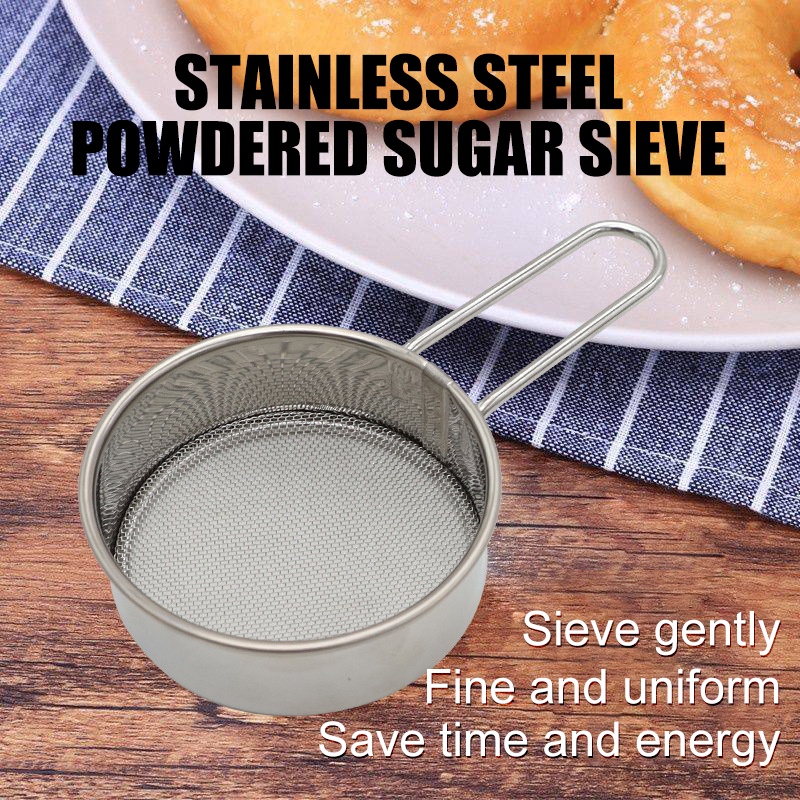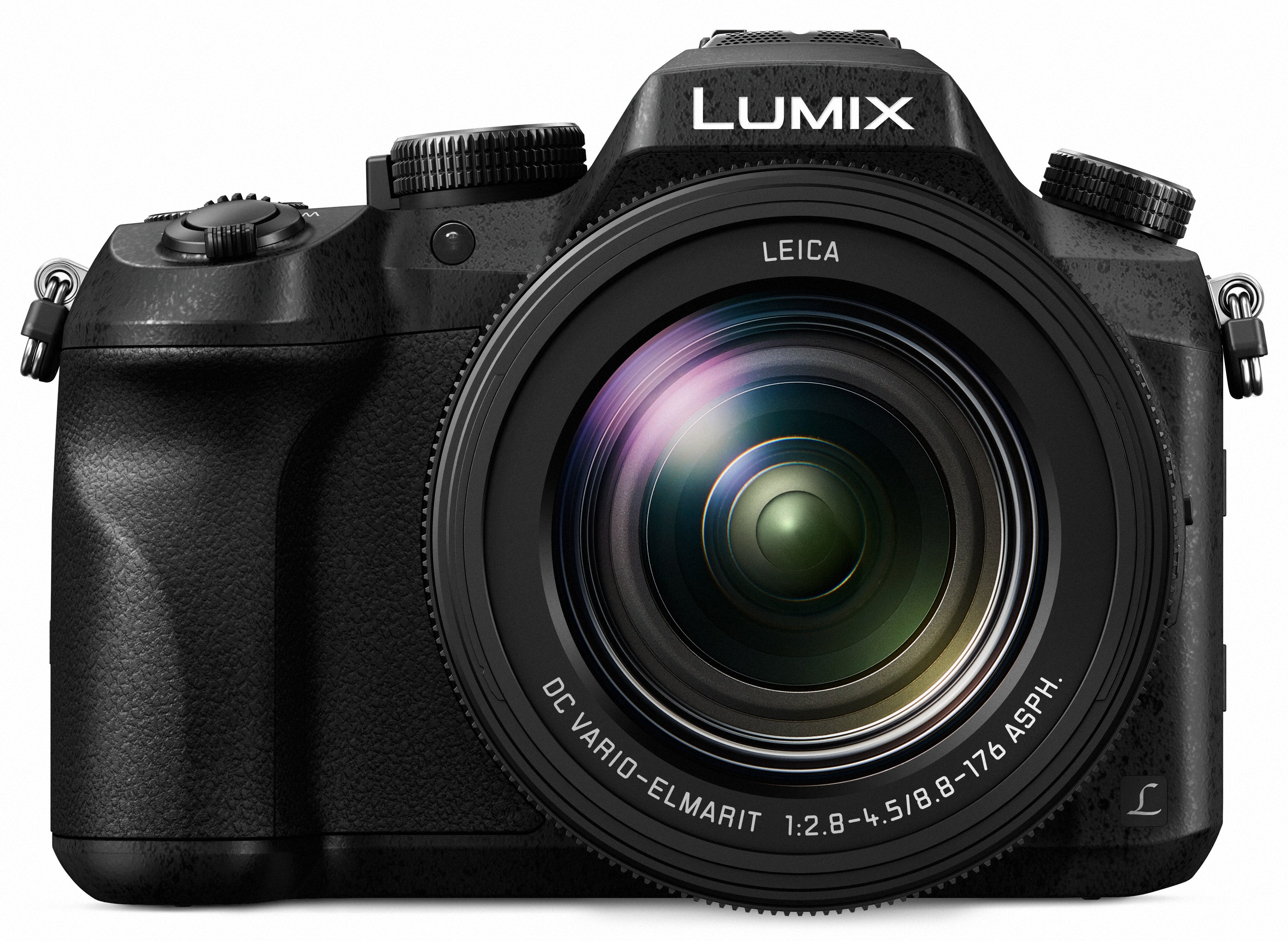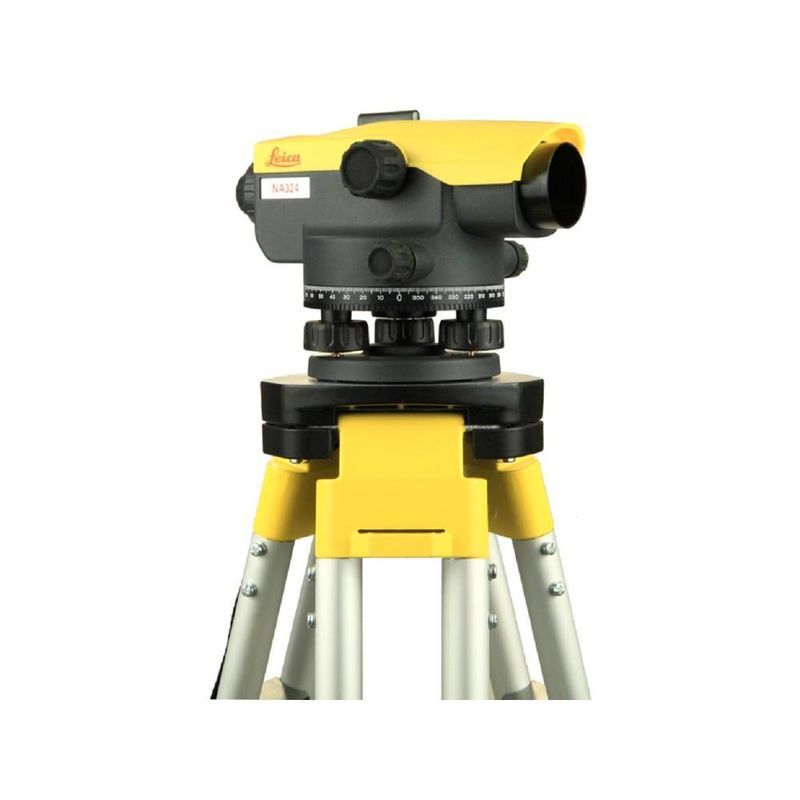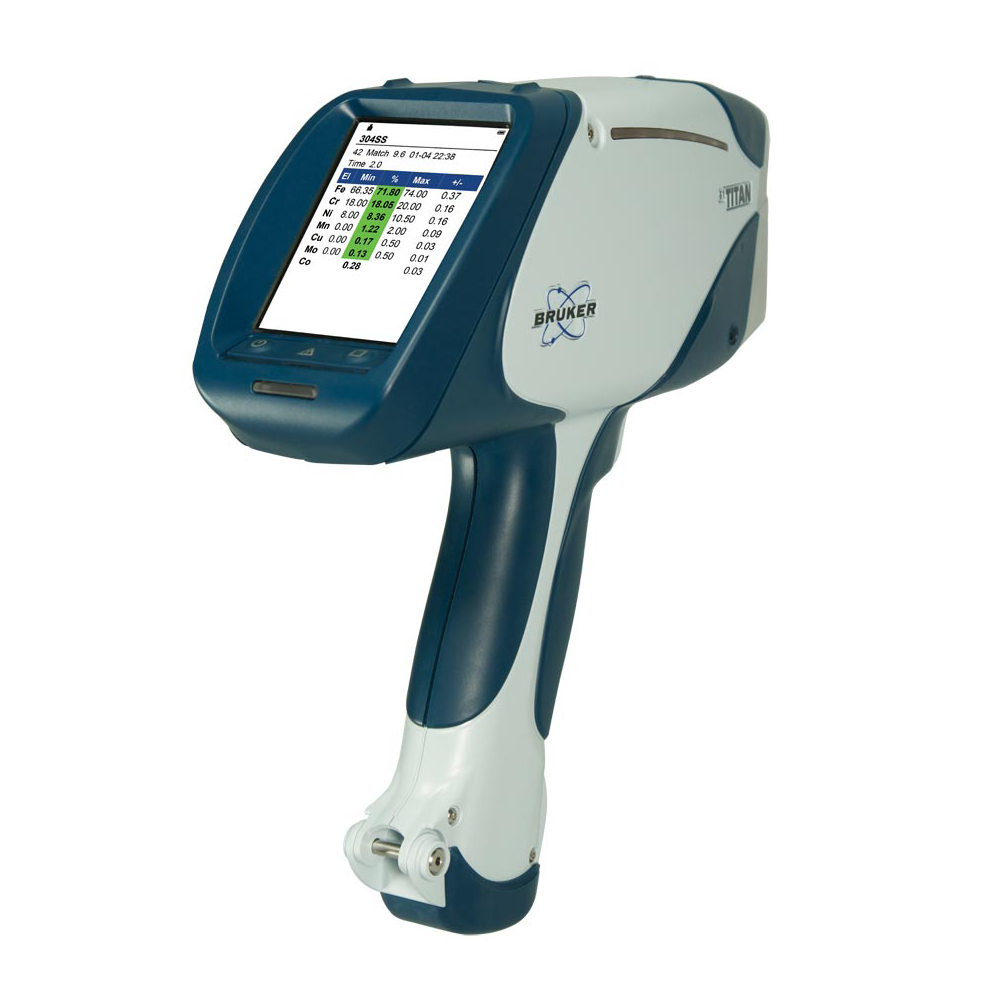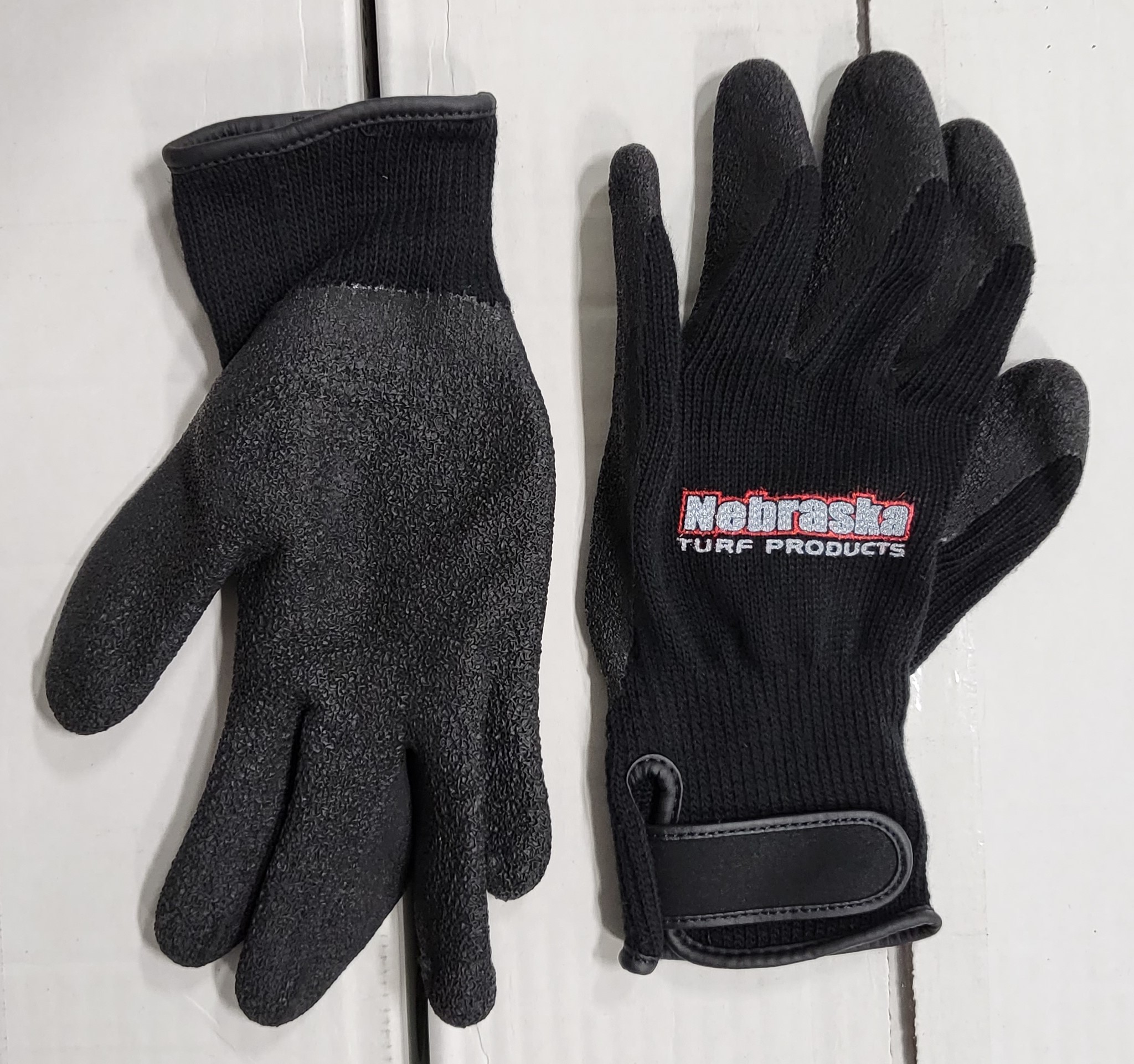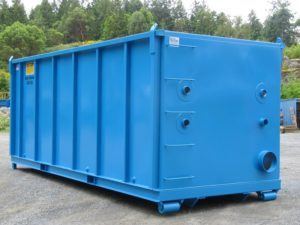

A surprisingly useful tool for delicate excavation work, less likely to damage fragile artifacts than metal tools[5].
Helps ensure that no small artifacts or materials are missed, useful for processing excavated soil[5].
Protects notes in wet conditions, allowing for field documentation even in rain[6].


An important tool for surveying, allowing archaeologists to record heights of features and create accurate site plans[2].
Includes items like mattocks and spades, essential for physical excavation work, especially in large or deep sites[2].

A modern tool for analyzing soil and material composition on-site, useful in determining the presence of artifacts without excavation[3].
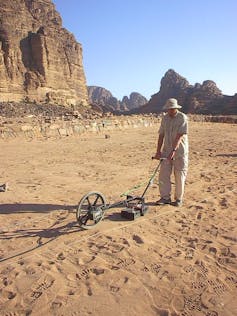


Important for ensuring safety on-site, addressing minor injuries that may occur during fieldwork[6].
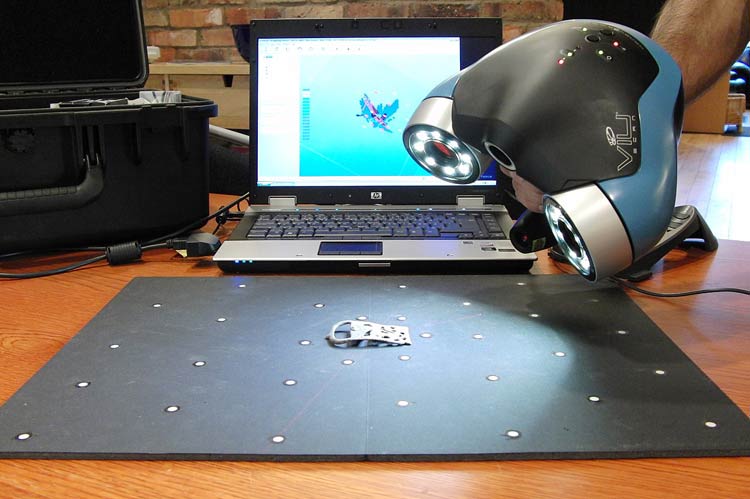
Useful for documenting artifacts and site layouts in detail, allowing for advanced analysis and study[4].
Increasingly used for aerial surveys and capturing images of large excavation sites from above[3].
Get more accurate answers with Super Pandi, upload files, personalized discovery feed, save searches and contribute to the PandiPedia.
Let's look at alternatives:
- Modify the query.
- Start a new thread.
- Remove sources (if manually added).











